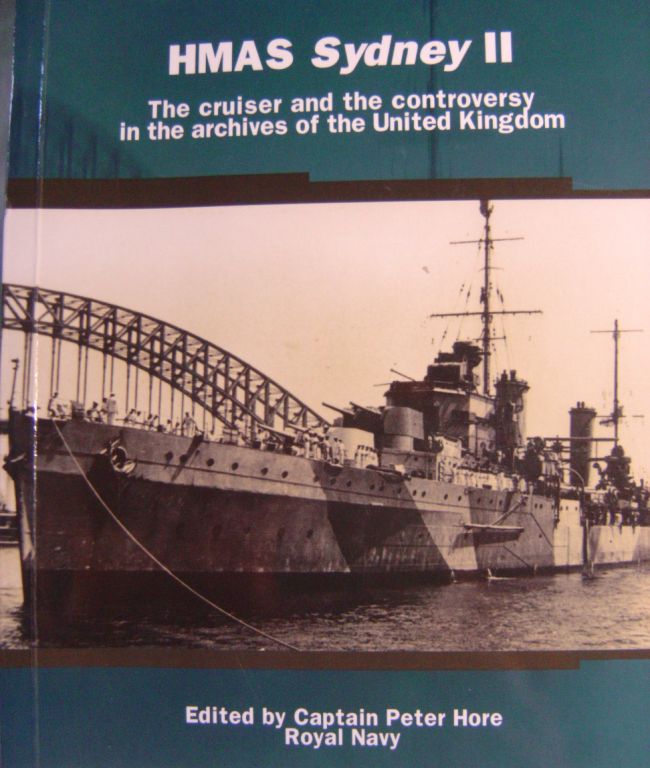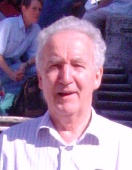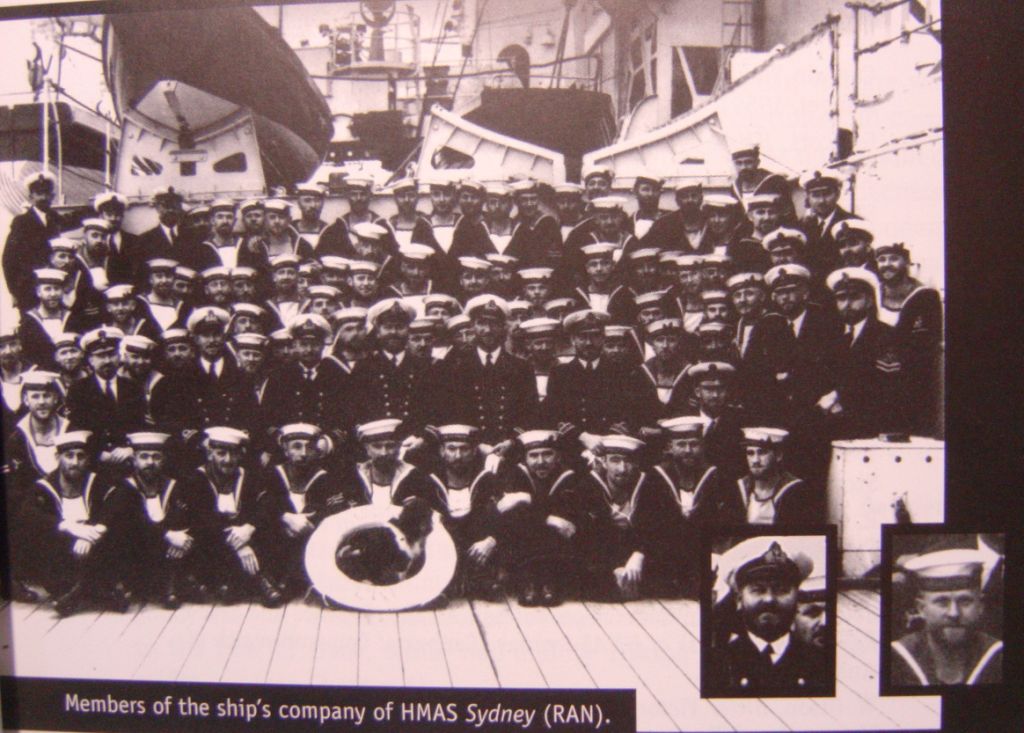|
|
Please note that this old legacy page is not optimised for mobile devicesHMAS Sydney IIby Captain Peter Hore, Royal Navy 
The following book review by John Hailey appeared in the Winter 2001 edition of the Journal of the Naval Historical Collectors and Research Association. The author has used British, Australian and German documents held in archives in the United Kingdom to put together an account of the action between HMAS SYDNEY and the German raider KORMORAN, which resulted in the loss of both ships. He has also tried to answer one of the questions raised in the March 1999, 'Report on the Loss of HMAS SYDNEY' by the Australian Federal Parliament's Joint Standing Committee on Foreign Affairs, Defence and Trade. 'Are there any records or indications of there having been a Board of Inquiry into the loss of HMAS SYDNEY?' The opening chapter deals with the KORMORAN's orders and operations. Later chapters deal with the events that led up to the loss of both ships, the search for survivors and the initial report by the Australian Commonwealth Naval Board based on interrogation of the survivors of the KORMORANT. At the end of World War II further details of the battle became available from captured German official documents and accounts written by members of KORMORAN's crew. Two of the final three chapters deal with other encounters between British ships and disguised German raiders and Admiralty orders for dealing with such ships. However the conclusion the author comes to is that whether the SYDNEY sank through capsizing or by a massive explosion cannot be determined from the evidence found in British archives. The author has transcribed most of the documents he has found in their entirety. For the reader interested in one of the great mysteries of World War II - this is the book for you.
We were privileged to conduct some of the National Archives research for Captain Hore. See his acknowledgement below. Now the search for the wreck of HMAS Sydney II has reached its goal, with the sonar imaging of Kormoran on 12th March, 2008 and the discovery of Sydney four days later. See up-to-date reports at The official Finding Sydney II web site. These are just two reactions to the recent report in the Australian press about the new search for HMAS Sydney. Clive Luckman, President of The Genealogical Society of Victoria said: "There are many Australians very interested in discovering HMAS Sydney. A false report of a discovery last August showed how keenly this mystery is felt in Australia. Aussies are now looking forward to a success from a professional, properly equipped team." Captain Peter Hore, RN, who edited "The Cruiser and the Controversy", confidently predicted the successful culmination of the search when he said recently: "The resting place of Kormoran is the datum for any other search. The search for the Kormoran - which will lead us to the grave of HMAS Sydney - is an historic event in itself and the culmination of years of debate and research by scores of individuals around the world. I wish the in-water searchers every success." The splendid monthly magazine, Warships International Fleet Review, edited by Iain Ballantyne and Peter Hore, published this article about the search, (PDF format) reproduced here with permission. The Australian Government moved quickly to protect both wreck sites. On 17th March, Prime Minister Rudd said: "I wish to confirm that under the Historic Shipwrecks Act, that the Minister for the Environment has informed me that he is in the process of issuing an interim protection declaration in relation to both vessels; that is, the German vessel, Kormoran and the HMAS Sydney." Our involvement in the search for HMAS Sydney was recently acknowledged by Peter Hore when he wrote:  "One of the 'backroom boys' who has contributed more than most to the search
for the Sydney is Bob O'Hara (left) and his team of independent researchers at the
National Archives Kew, London.
"One of the 'backroom boys' who has contributed more than most to the search
for the Sydney is Bob O'Hara (left) and his team of independent researchers at the
National Archives Kew, London.
At the research stage, Bob and I worked closely together and I came to greatly appreciate Bob's painstaking work. Preliminary to the research surrounding the loss itself was the extent of the damage suffered by Sydney in the punch-up with the Italian cruiser Bartolomeo Colleone. Could this damage have contributed to events in November 1941? By unearthing the damage reports submitted in July 1940, Bob O'Hara was able to show that serious after-effects were unlikely. Bob's research in the National Archives at Kew also uncovered several records about previous encounters with 'Q' ships (or disguised raiders) by HM Ships and recommendations for counter measures. In ADM 199/148 Bob found an encounter by HMS Neptune with a 'Q' ship in January 1940. The captain of the 'Q' ship later said that he could have disabled Neptune with two torpedoes and gunfire. Fortunately the disguised ship in this case turned out to be the British raider Lambridge. Research suggests that lessons were learnt but cannot confirm that the crew of the Sydney had been suitably briefed. An event as significant as the loss of the Sydney resonates on various levels. Painstaking research can unearth valuable insights into the wider context of the event itself. For example, in what must have been the first of the many messages of sympathy which were to follow, Bob found that a letter from Winston Churchill written to John Curtin, Prime Minister of Australia, asking him to "Accept my deepest sympathy in the feared loss of the Sydney so close to Australian shores" and mentioned the British loss of HMS Barham which was being kept secret as "knowledge of the event would only encourage Japan". In reply Curtin said that the loss of the Sydney was a heavy blow. He then went on to convey condolences to Churchill for the sinking of the Barham and the loss of 700 lives. Ironically, it may have been Churchill's admission that Barham loss was being withheld that gave rise to so many conspiracy theories about Sydney. If news about the Barham could be managed, could the same apply to news about the Sydney? Here the National Archives are silent and Bob O'Hara was not able to unearth any such evidence. Bob, an old RN man himself, has always been drawn to the Sydney tragedy and researching it has become a labour of love. It was with great sadness but excitement too that he heard of the discovery of the Sydney. He and all independent researchers at the National Archives congratulate David Mearns and his colleagues." R W O'HARA 15 Ruskin Avenue Kew, Richmond TW9 4DR England Return to Home Page
|

